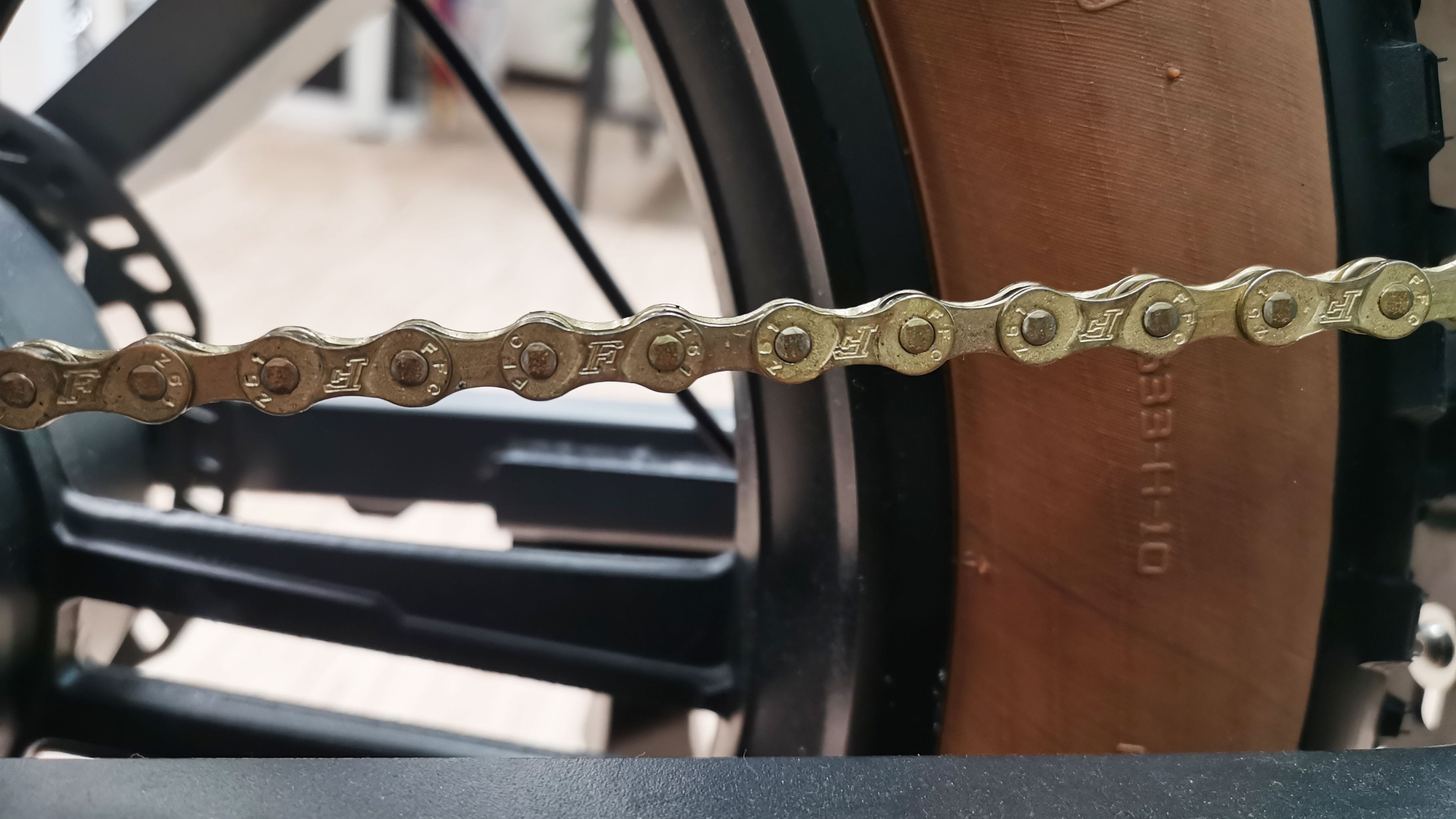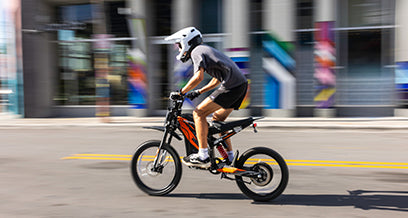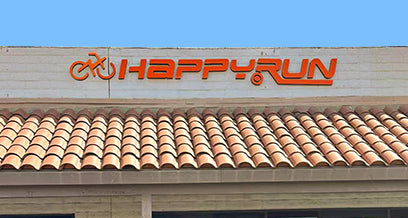
Unveiling the Power of EBikeTorque: Navigating Hills with Electric Bikes
E-bike torque determines how efficiently the motor assists in climbing hills. Measured in Newton meters (Nm), higher torque provides better acceleration and hill-climbing ability. For steep terrains, an e-bike with at least 70Nm of torque is ideal.
In ebikes torque that can be produced by a motor represents a key to comfortable trips and amazing performance on hills and generally, it can be compared to a “secret weapon” while biking. Ebikes torque is often neglected in the discussion that revolves around power and this ability to change the feel of high torque ebikes is particularly important. Best electric bikes for hills must have high torque. This article will bring you closer to the topic of EBike torque, distinguish it from power, describe the aspects of eBike torque on hill climbing, and give you some suggestions to maximize your ebike torque to conquer any slope.
Unveiling Newton Meter Torque Meaning: E-bike Torque Explained
Newton meters (Nm) measure rotational force. In e-bikes, torque defines how much power the motor applies to the wheels. Higher Nm means better acceleration and climbing ability, making it crucial for tackling hills and rough terrains.
Commonly, for a high torque ebike, the torque is calculated by the multiplication of a motor's exerted force with the length of the crank arm. Nm for measuring it, a high torque ebike indicates that the electron produces more power or that the motor muscle has grown bigger. In simple terms, this is the particular design that makes the best electric bikes for hills, carries more cargo without strain, and even provides quick acceleration, which are the important factors that distinguish the e-bike from being smooth and powerful.
Where the law could control the wattage of e-bike engines, the torque becomes significant in the performance measure, especially in situations where the gradients are severe. Thus, when you are thinking of purchasing an e-bike know one thing- the torque delivers thrashing kicks.
What is EBike Torque and Why is it Crucial for Climbing?
E-bike torque is the rotational force delivered by the motor, affecting hill-climbing performance. High torque (70Nm+) ensures smooth ascents, providing riders with better traction and efficiency on steep inclines.
How Does Torque Influence Your E-Bike’s Performance on Hills?
Torque directly affects your e-bike’s ability to climb hills. A motor with higher torque can provide more pulling power, allowing riders to ascend steep gradients without excessive effort. For instance, e-bikes designed for hill climbing often feature motors with torque ratings exceeding 60 Nm, which enhances their performance significantly compared to standard models.
Understanding the Core Difference: Power vs. Torque in E-Bikes
Power (watts) determines speed, while torque (Newton meters) affects acceleration and climbing ability. High power supports sustained speed, whereas high torque ensures strong hill performance and better start-up acceleration.
The difference between power and torque on an e-bike boils down to their distinct functions: power, measured in watts, determines the overall performance capability, reflecting how fast work can be done, while torque, measured in Newton meters (Nm), signifies the rotational force exerted by the motor, crucial for tasks like overcoming resistance, especially on inclines.
Power sets the maximum potential, while torque ensures practical usability, making the best electric bikes for hills effective in real-world situations like hill climbing or carrying heavy loads. Balancing both ensures optimal performance and versatility in riding experiences.
What Are the Benefits of High Torque in E-Bikes?
High torque in e-bikes offers several benefits, including improved hill-climbing ability, faster acceleration from a standstill, and better performance when carrying heavy loads. It enhances stability and control on uneven surfaces, providing a smoother ride. Additionally, high-torque motors tend to be more efficient, prolonging battery life during demanding rides.
High torque in e-bikes offers several advantages:
- Improved Climbing Ability: Higher torque allows riders to ascend steep hills more easily.
- Better Acceleration: Increased torque provides quicker starts from a standstill or low speeds.
- Enhanced Control: Riders can maintain speed and control on challenging terrains.
- Less Strain on Riders: With adequate torque, riders exert less physical effort, making rides more enjoyable.
How Much Torque Do You Need for Different Hill Grades?
For hill grades up to 10%, around 60 Nm of torque is generally sufficient. For steeper inclines (15-20%), aim for 70-80 Nm to maintain speed comfortably. Serious climbers or those tackling very steep hills may benefit from e-bikes with over 80 Nm of torque for optimal performance and ease during ascents.
The required torque depends on the hill’s steepness and your riding style:
- Casual Riders (Flat Terrain): Up to 42 Nm.
- Moderate Hills: 55-70 Nm.
- Steep Climbs/Cargo Haulers: 80 Nm or more.
Understanding these requirements helps in selecting an appropriate e-bike for your needs.
| Riding Condition | Required Torque |
|---|---|
| Casual Riders (Flat Terrain) | Up to 42 Nm |
| Moderate Hills | 55 – 70 Nm |
| Steep Climbs/Cargo Haulers | 80 Nm or more |
E-bikes: Hill Crushers, Not Hill Losers
Do eBikes excel at tackling hills? Electric bikes are good at going up hills without much effort. How well they do this mostly depends on how strong their motor is. A 250W motor can manage hills okay, but if you want to tackle steeper hills, upgrading to a 500W motor gives you that extra power you need to make it easier.
Mastering the Climb: Essential Tips for E-bike Hill Climbing
Unlike the older models which were quite hard to get over the hills on the e-bike, the improved models can make this a cakewalk. Here are 10 essential tips to help you navigate inclines efficiently and enjoy a smoother uphill ride:
- Know your e-bike: Understand its motor power, battery capacity, and assist modes to optimize their use.
- Master pedal assist: Experiment with different levels to find the perfect match for the terrain.
- Shift like a pro: Use lower gears for easier pedaling and better control uphill.
- Balance your weight: Focus on a centered position for stability and prevent tilting backward.
- Strategic throttle use: Any time you are going up a long incline it can be beneficial to use the throttle only for short bursts to give your legs a little break.
- Maintain a consistent pace: Appreciate the necessity of a uniform and slow speed change so that it wouldn’t be a burden to battery power and ensure a comfortable coaster ride.
- Choose the right route: Plan routes with minimal steep inclines for a more enjoyable experience.
- Keep the battery charged: Ensure a full charge before tackling hills for maximum power output.
- Body positioning matters: Lean forward slightly to distribute weight and improve traction for better control.
- Practice makes perfect: Find hills to practice techniques and build confidence in conquering inclines.
Which E-Bikes Offer the Best Torque Ratings for Climbs?
E-bikes known for excellent torque ratings include models like the Bosch Performance Line, which offers up to 85 Nm, and the Yamaha PWseries SE with similar capabilities. Other high-torque options include the Specialized Turbo Levo and Trek Rail series, both designed specifically for climbing steep hills efficiently while providing a powerful riding experience.
Several e-bikes are known for their impressive torque ratings, making them ideal for hill climbing:
- HappyRun Ebike SUV: Offers up to 95 Nm of torque, perfect for challenging terrains.
- Gibbon and Bonobo Models: Feature torque ratings between 60 Nm and 80 Nm, suitable for various climbing conditions.
Evaluating these options ensures you choose a bike that meets your climbing demands.
Buying Tips for E-Bikes with Optimal Torque
When purchasing an e-bike, consider these tips:
- Assess Your Riding Needs: Determine the terrain you’ll be riding on most frequently.
- Check Motor Specifications: Look for motors with torque ratings that match your requirements.
- Read Reviews: Customer feedback can provide insights into real-world performance.
Investing in a quality e-bike like HappyRun, known for its innovative designs and reliable performance over nine years, ensures a satisfying riding experience.
E-Bike Expert Views
“E-bike torque is often overlooked but is crucial for performance,” says cycling expert John Smith. “High torque allows riders to tackle steep hills effortlessly while maintaining control.” He emphasizes that understanding the importance of torque can transform how cyclists approach hill climbing.
Final Thoughts:
In conclusion, the article highlights the importance of e-bike torque, especially for conquering hills. Power (watts) is responsible for the overall performance, while torque (Nm) represents the pulling force needed to conquer resistance. Here is a brief overview of selecting the appropriate e-bike to suit your requirements:
- Casual rider (flat terrain): Up to 42 Nm
- Hillier commutes: 55-70 Nm
- Serious climber/cargo hauler: 85 Nm
Looking for a powerful e-bike with exceptional features? Look no further than the Happyrun Tank G100. This e-bike boasts a head-turning design, exceptional power with 95 Nm of torque, and an ultra-long range of up to 130 miles thanks to its dual battery system. It also features a full suspension system for rider comfort, a top speed of 28+ MPH, and effortless power to conquer any terrain.
































Leave a comment